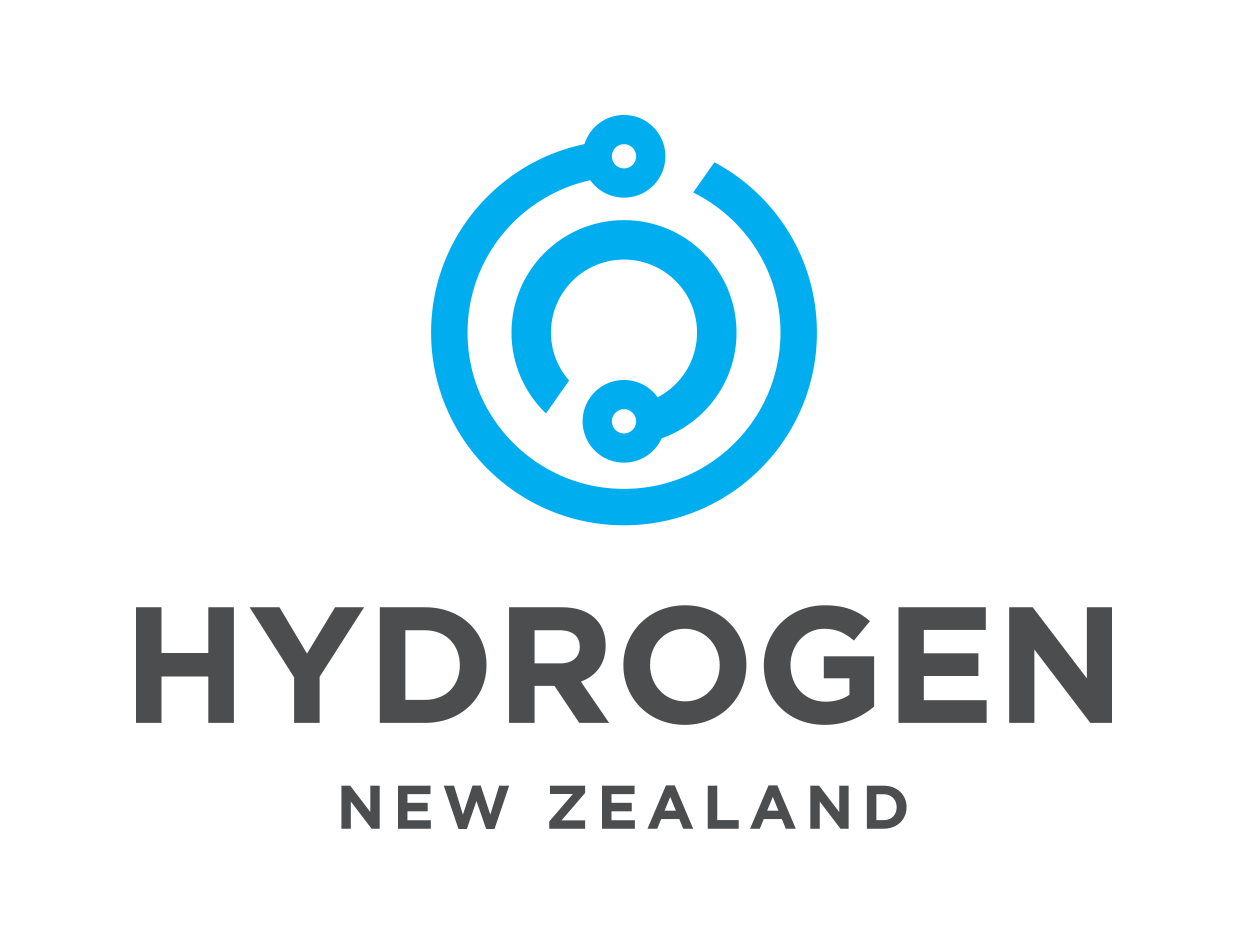Supplying hydrogen to industrial users is now a major business around the world. Demand for hydrogen, which has grown more than threefold since 1975, continues to rise annually.
Hydrogen can be extracted from fossil fuels and biomass, from water, or from a mix of both. Natural gas is currently the primary source of hydrogen production, accounting for around three quarters of the global hydrogen production industry of around 70 million tonnes per annum.
Hydrogen is mainly used in the refining and chemical sectors and produced from fossils fuels, it accounts for 6% of global natural gas use and 2% of global coal consumption. The existing hydrogen industry is responsible for 830 MtCO2 of annual CO2 emissions, equivalent to the CO2 emissions of the United Kingdom and Indonesia combined.
Approximately 55% of the hydrogen produced globally is used for ammonia synthesis, 25% in refineries and about 10% for methanol production. The range of other hydrogen applications worldwide account for only about 10% of global hydrogen production.
A summary of the existing industries and uses of hydrogen is provided below:















